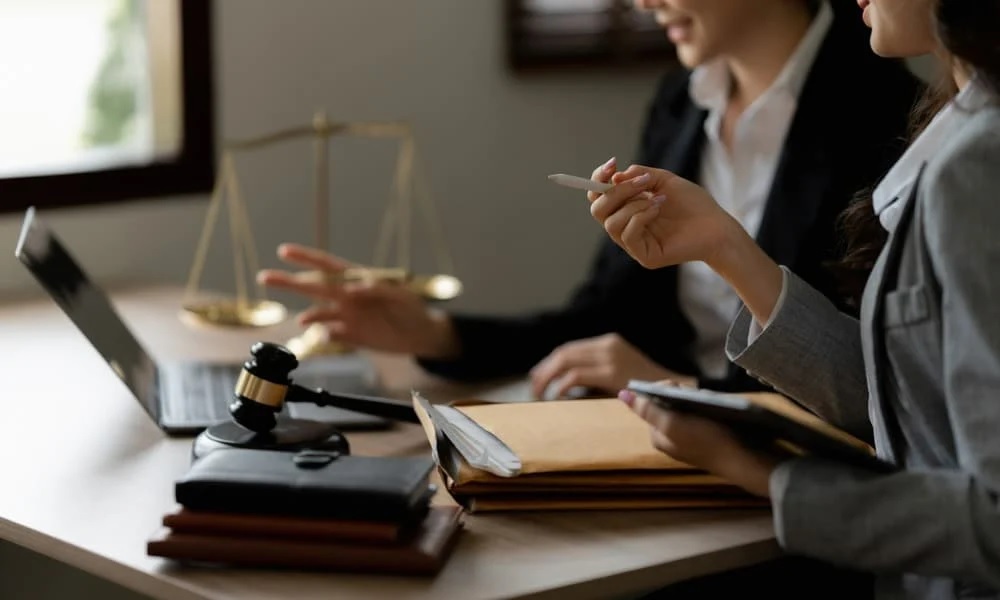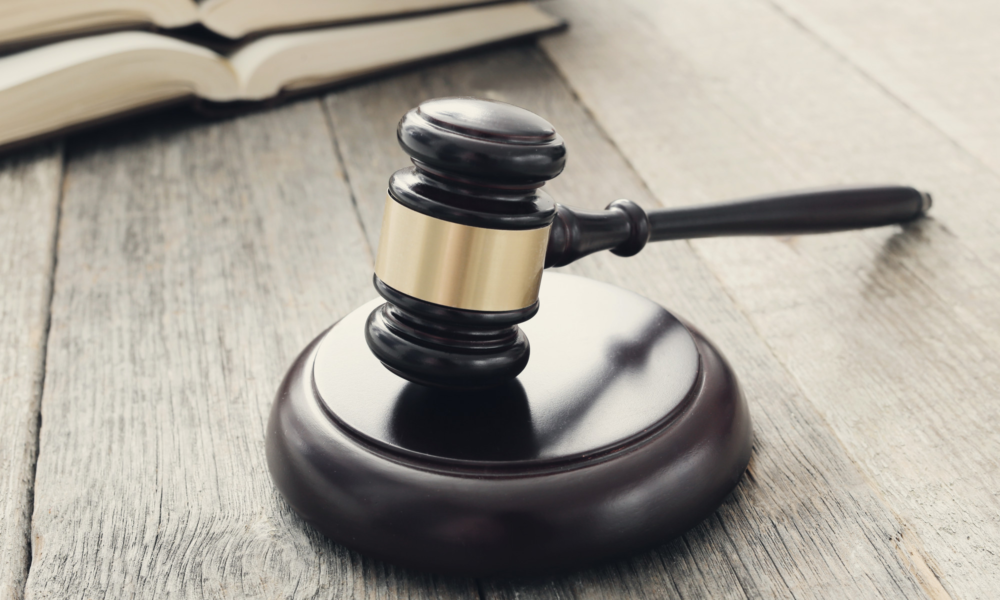Comprehensive Legal Guidance for Personal Injury Victims in Stamford
After an accident, most people don’t want a legal battle, they want their life back. That’s where experienced Stamford Personal Injury Lawyers make the difference. From preserving evidence to dealing with insurers and filing on time under Connecticut law, the right strategy matters. This guide walks injury victims in Stamford through the process, with practical tips, clear expectations, and insight into how firms such as Sakkas, Cahn & Weiss, LLP approach these cases with focus and urgency.
Understanding the most common personal injury claims in Stamford
Stamford sees the full spectrum of personal injury claims typical of a busy city anchored by major employers and high-traffic corridors. While every case is uniquely personal, patterns do emerge:
- Motor vehicle collisions: Rear-end impacts on I-95 and the Merritt Parkway, intersection crashes on High Ridge and Long Ridge, and rideshare incidents. Claims often involve disputed liability, soft-tissue injuries, concussions, and increasingly, distracted driving evidence from phone logs.
- Pedestrian and bicycle injuries: Downtown crosswalks and neighborhood routes present visibility challenges. Right-on-red turns and delivery vehicle blind spots show up frequently in reports.
- Premises liability (slip/trip and fall): Grocery stores, parking structures, and apartment complexes give rise to cases involving wet floors, black ice, defective stairs, or poor lighting. Timely incident reports and camera footage are critical.
- Construction and workplace accidents: Falls from height, equipment malfunctions, and third-party contractor negligence. These often intersect with workers’ compensation and third-party liability.
- Dog bites and animal-related injuries: Connecticut’s dog bite statute imposes strict liability in many scenarios, with narrow exceptions.
Across these categories, Connecticut’s modified comparative negligence rule governs recovery, if a claimant is 51% or more at fault, they can’t recover damages. Understanding how that standard applies early helps victims and their Stamford Personal Injury Lawyers shape the evidence and strategy from day one.
Steps to take immediately after an accident to preserve your rights
Right after an accident, a few focused actions can preserve both health and legal options. Victims don’t need to do everything at once, but the sequence below minimizes risk and strengthens a later claim.
- Ensure safety and call 911: Move to a safe area if possible. Request police and medical evaluation, even if injuries seem minor. Adrenaline masks pain: documented symptoms matter later.
- Exchange information and identify witnesses: Get names, contact details, insurance information, and license plates. Politely ask bystanders for their contact info before they disappear into the crowd.
- Document the scene: Take wide shots for context, then close-ups of damage, debris, skid marks, weather conditions, and any hazards (spills, broken stairs, obscured signage). Time-stamp photos when possible.
- Seek prompt medical care: Urgent care or an ER visit creates a contemporaneous record, which insurers and courts respect. Follow-up with a primary care physician or specialist. Gaps in treatment become defense talking points.
- Notify insurers carefully: Most policies require prompt notice, but injured people should stick to facts and avoid speculative statements about fault or injuries. Recorded statements can wait until legal counsel is present.
- Preserve physical evidence: Keep damaged clothing, footwear, or bike helmets. Save receipts for medications, rides to appointments, and medical devices.
- Consult counsel early: An attorney can coordinate care, manage insurers, and prevent avoidable mistakes. Firms like Sakkas, Cahn & Weiss, LLP often offer free consultations to map the first 30–60 days, a phase that can define the entire claim.
Gathering medical and photographic evidence to strengthen your case
Evidence turns a story into a provable claim. Medical records and photographs are the backbone.
Medical evidence
- Start with the earliest records: EMS run sheets, ER notes, and radiology reports (X-ray, CT, MRI). These establish mechanism of injury and immediate symptoms.
- Maintain continuity: Consistent follow-up with treating providers (orthopedists, neurologists, physical therapists, psychologists) shows seriousness and aids recovery.
- Track functional limitations: Doctor’s work restrictions, therapy progress notes, and home-exercise logs document how injuries affect daily life and earning capacity.
- Keep a pain and activity journal: Short, dated entries about sleep disruption, missed family events, or flare-ups give texture beyond diagnostic codes.
- Save bills and EOBs: Itemized bills, Explanation of Benefits, and out-of-pocket costs contribute to the economic damages picture.
Photographic and digital evidence
- Scene and hazard photos: Capture conditions before they change, ice melts, spills get mopped, and signage gets fixed.
- Vehicle and property damage: Angle, crush patterns, and airbag deployment can help biomechanical experts and claims adjusters understand force and causation.
- Injury progression: Photos of bruising, swelling, lacerations, and surgical sites over time can be powerful at mediation or trial.
- Surveillance and dash cam: Request store or municipal footage fast: many systems overwrite within days.
Handled well, this evidence answers the two questions that drive case value: what happened and how badly the person was hurt. Stamford Personal Injury Lawyers know which details insurers flag, and which gaps they exploit, so building the record early pays off.
The importance of prompt legal consultation for timely claim filing
Timing isn’t a technicality, it’s a gatekeeper. Connecticut generally gives injured people two years to bring most personal injury actions, measured from the date the injury is first sustained or discovered with reasonable care (Conn. Gen. Stat. § 52-584). Wrongful death claims have their own two-year limit, with an outside cap connected to the underlying act.
There are also shorter, trap-door deadlines:
- Municipal and state highway defect claims often require written notice within about 90 days to the correct entity.
- Claims involving government employees can trigger unique administrative steps.
- Some evidence (like vehicle black box data or store surveillance) is routinely overwritten in days or weeks unless a preservation letter is sent.
Early consultation lets counsel investigate liability, identify all defendants, and file preservation notices before records vanish. It also helps victims avoid recorded statements and medical authorizations that overshare.
Firms such as Sakkas, Cahn & Weiss, LLP front-load this process: they calendar all statutory and contractual deadlines, dispatch investigators, and coordinate with treating doctors so the medical narrative aligns with the legal one. Missed deadlines can be fatal to strong cases: timely action protects both the claim and the client’s peace of mind.
How insurance companies evaluate liability and damages
Insurers don’t guess: they model risk using policy language, statutes, and data. Understanding how they size up claims helps victims anticipate pushback and respond strategically.
Liability assessment
- Fault allocation: Adjusters apply Connecticut’s modified comparative negligence standard, looking for any percentage of blame to assign to the claimant (speed, distraction, footwear, prior complaints about a hazard). A 20% fault finding cuts a settlement by 20%.
- Evidence quality: Police reports, witness credibility, scene photos, and repair estimates influence the liability score. Gaps, inconsistencies, or delayed treatment depress value.
- Policy defenses: Late notice, excluded drivers, lapsed coverage, or “open and obvious” hazards can trigger denials or partial coverage.
Damages evaluation
- Economic losses: Medical bills (adjusted for contractual write-offs), future care projections, wage loss, and diminished earning capacity. Insurers consider CPT codes, diagnostic congruence, and duration of treatment.
- Non-economic harm: Pain, suffering, and loss of enjoyment get parsed through prior verdicts and settlements in Fairfield County, the plaintiff’s life story, and the injury’s permanence.
- Collateral source and reimbursement: Connecticut’s collateral source rules can reduce certain awards post-verdict, and some health plans assert liens, factors that influence negotiations.
Practical takeaway: claims with crisp liability, consistent medical documentation, and credible future damages draw higher offers. Stamford Personal Injury Lawyers anticipate these scoring models and build the file to answer each challenge before it’s raised.















